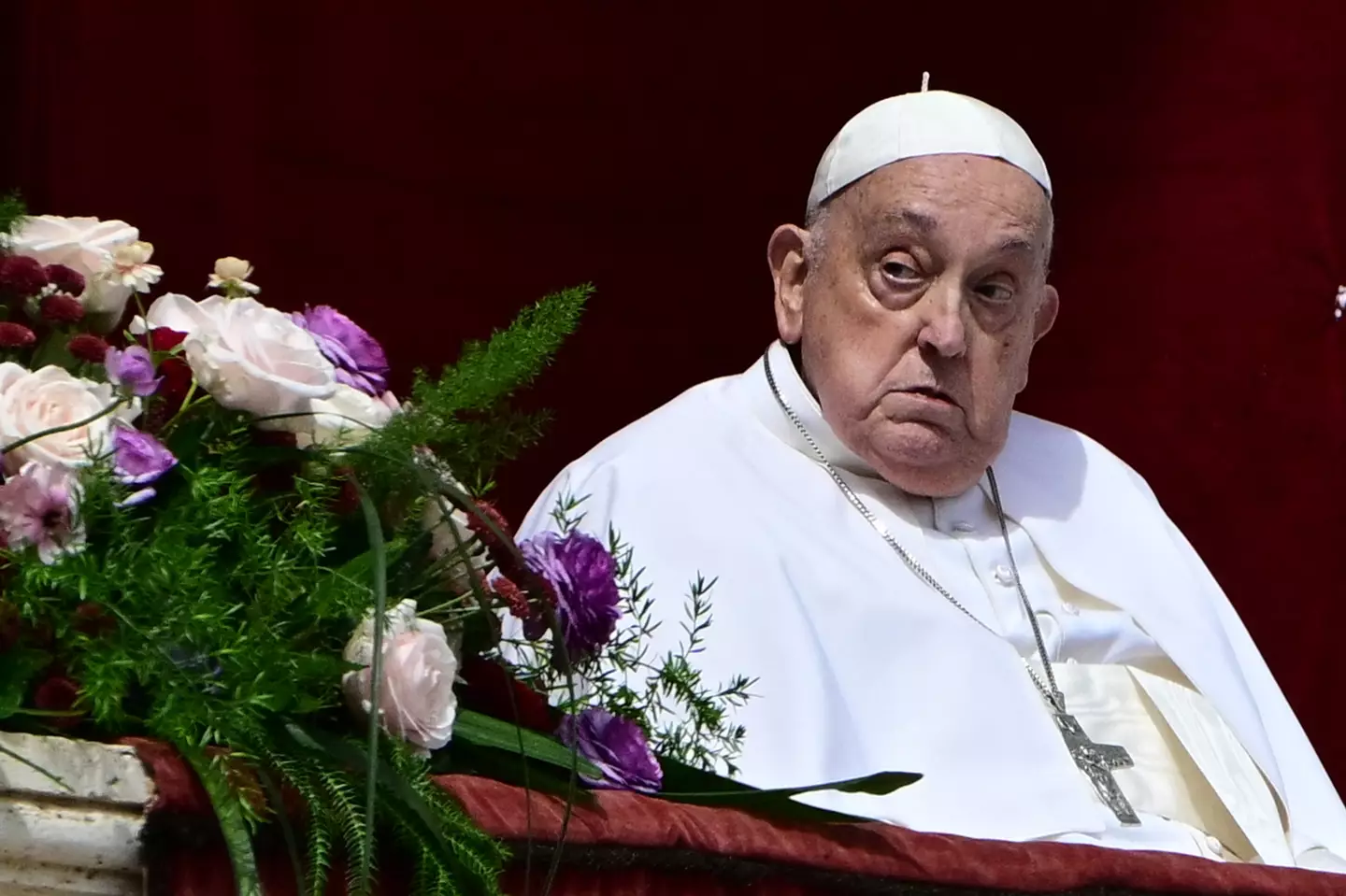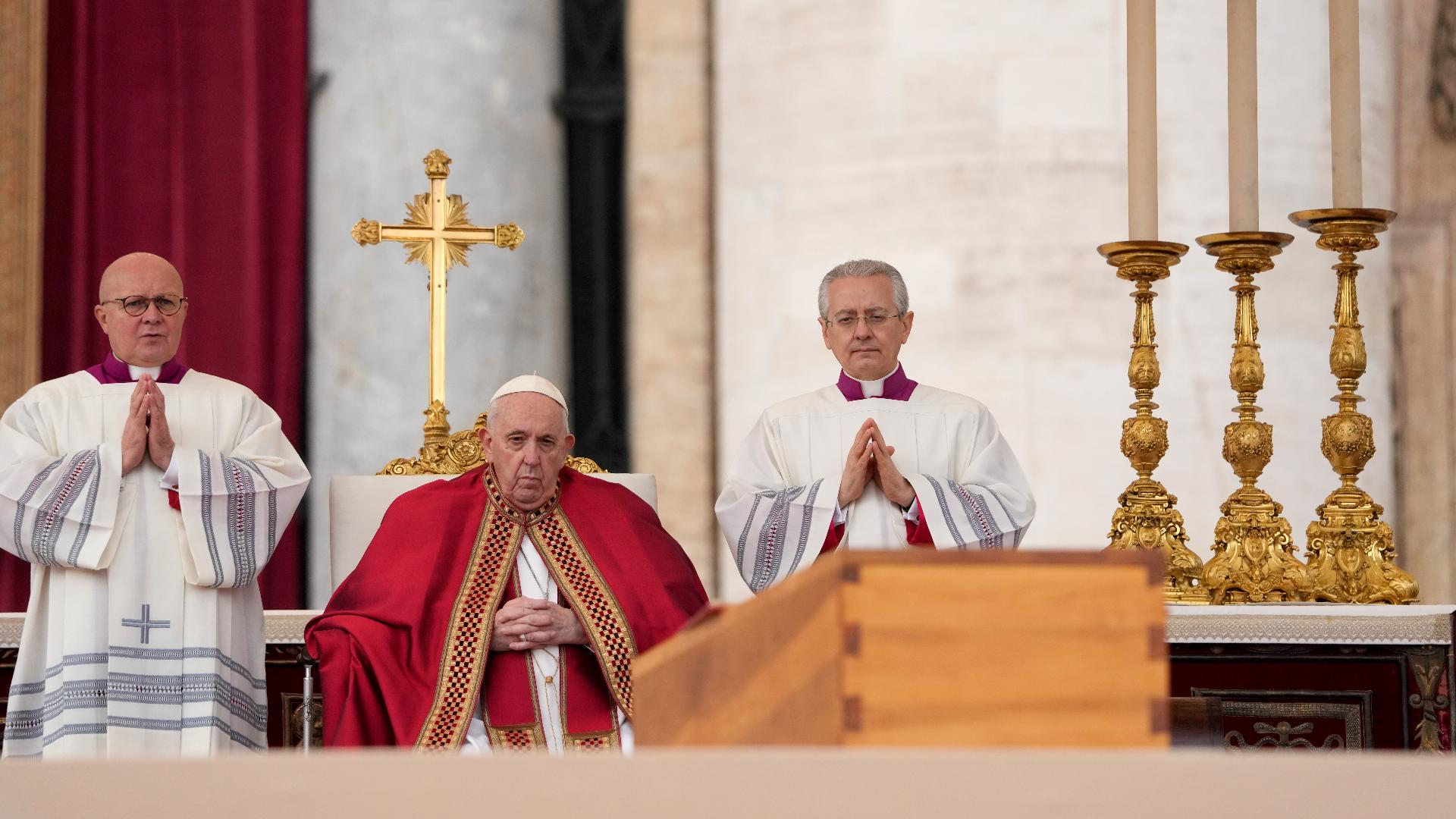Pope Francis, the 266th pontiff of the Roman Catholic Church and a figure known worldwide for his humility and reformist spirit, passed away on April 21 at the age of 88. The Vatican confirmed his death through an official statement, announcing: “At 7:35 this morning, the Bishop of Rome, Francis, returned to the home of the Father.” His passing marks the end of a transformative papacy that began in 2013 and left a lasting impact on the Church and the world.
A Legacy of Compassion and Inclusion
Born Jorge Mario Bergoglio in Buenos Aires, Argentina, Pope Francis became the first Jesuit pope and the first from the Americas. His papacy was characterized by a focus on social justice, environmental stewardship, and outreach to marginalized communities. He advocated for the poor, addressed issues like climate change and migration, and encouraged interfaith dialogue.
In his apostolic exhortation Evangelii Gaudium (2013), Pope Francis called for a Church that is “poor and for the poor,” urging clergy and laypeople alike to embody compassion and humility. These themes continued throughout his tenure, reflected in major encyclicals such as Laudato Si’ (2015), which addressed ecological concerns, and Fratelli Tutti (2020), which focused on human fraternity and social friendship.

His Final Public Appearance
On Easter Sunday, April 20, Pope Francis made what would be his last public appearance from the central balcony of St. Peter’s Basilica. Despite visible signs of physical frailty, he delivered a brief Easter message, blessing the faithful gathered in Vatican Square and watching around the globe.
This appearance was consistent with his pattern of remaining active and present despite recurrent health concerns. In recent years, the Vatican had confirmed that he was undergoing treatment for recurring respiratory issues and had undergone surgery for a colon condition in 2021 . However, the Holy See emphasized that these were managed under medical supervision and did not impede his role as pontiff.

A Burial Request Marking a Departure from Tradition
Pope Francis left specific instructions regarding his burial, written in 2022 and now coming to light following his passing. According to the Vatican press office, these wishes reflect the pope’s consistent emphasis on simplicity, humility, and a rejection of excessive grandeur.
Historically, deceased popes have been interred beneath St. Peter’s Basilica, in a traditional triple-coffin arrangement: a cypress wood inner coffin, a lead middle coffin, and an outer coffin made of elm. This practice is deeply rooted in Church tradition and has been observed in the burials of recent popes, including Pope John Paul II and Pope Benedict XVI.
Pope Francis, however, opted for a simpler arrangement. He requested a single wooden coffin, lined with zinc for preservation, and chose not to be buried at St. Peter’s Basilica. Instead, he asked to be interred at the Basilica of Saint Mary Major (Basilica di Santa Maria Maggiore) in Rome — a church of great significance to him personally. He frequently visited the basilica, including just hours before embarking on apostolic journeys, to pray before the icon of the Virgin Mary known as Salus Populi Romani .
In his own words, he requested that his tomb be “in the ground; simple, without particular ornamentation, bearing only the inscription: Franciscus.” This modest request mirrors his consistent personal style throughout his papacy: from residing in the Vatican guesthouse instead of the Apostolic Palace, to wearing simple papal garments.

The Vatican’s Statement and Cause of Death
Following his passing, Vatican spokesperson Matteo Bruni confirmed that Pope Francis died peacefully, at his Vatican residence. The Holy See reported that he passed in the early morning hours, surrounded by aides and members of his personal household.
As of this writing, there has been no official statement from the Vatican attributing his death to any specific medical condition beyond the phrase “returned to the home of the Father.” Any speculation about underlying illnesses or the exact medical cause of death has not been confirmed by the Holy See and remains outside the scope of verified public disclosure.
Throughout his final years, Pope Francis had been open about his physical decline. In several interviews, he referenced the natural challenges of aging, once humorously describing himself as “old and a bit crippled” due to knee problems . Yet, he remained mentally sharp and spiritually engaged, continuing his pastoral work until the very end.

A Papacy That Embraced Reform
Pope Francis’ legacy will be remembered for his efforts to reform the Roman Curia, address sexual abuse within the Church, and promote a synodal style of governance — encouraging active participation and consultation within the Church hierarchy. His openness to discussing previously taboo subjects, such as civil unions for same-sex couples and the role of women in Church leadership, positioned him as one of the more progressive popes in recent history .
Nevertheless, he remained firmly committed to the core tenets of Catholic doctrine, often reminding the faithful of the importance of mercy, prayer, and service. His leadership during the COVID-19 pandemic, particularly his solitary blessing in an empty St. Peter’s Square in March 2020, was widely viewed as a moment of global spiritual unity.
A Lasting Impact
While Pope Francis’ final wishes may diverge from traditional papal burial customs, they are deeply consistent with the values he championed throughout his life. His humble farewell mirrors the core of his ministry — a call for a Church that serves, uplifts, and accompanies all people.
His decision to rest in the Basilica of Saint Mary Major, a place he visited so frequently during his pontificate, serves as a fitting conclusion to a life dedicated to Marian devotion and pastoral care.
Pope Francis’ passing marks the close of a significant chapter in the Catholic Church. As the global community reflects on his teachings, leadership, and personal example, his legacy will undoubtedly endure — not only in the annals of Church history but in the hearts of millions who were moved by his words and deeds.
Sources:
- Vatican News – https://www.vaticannews.va
- National Catholic Reporter – https://www.ncronline.org
- Associated Press – https://apnews.com
- Catholic News Agency – https://www.catholicnewsagency.com
